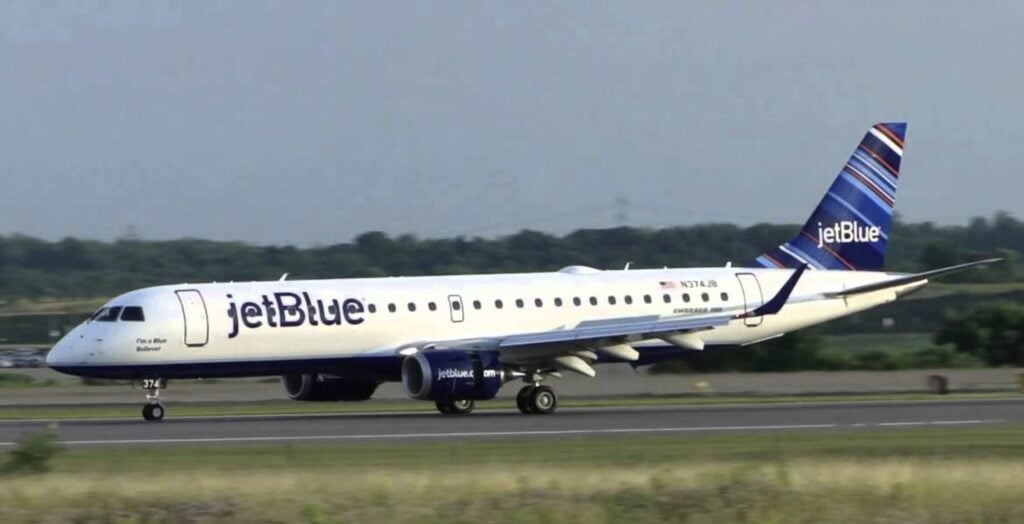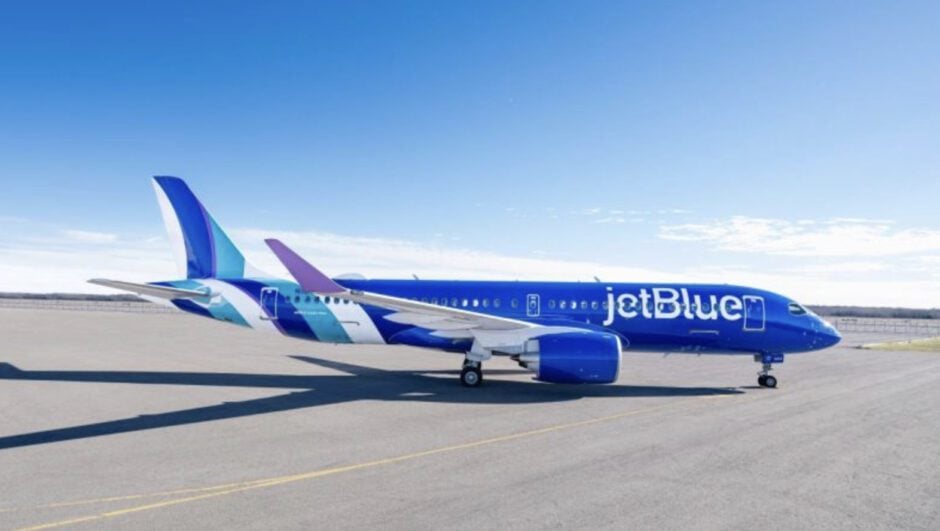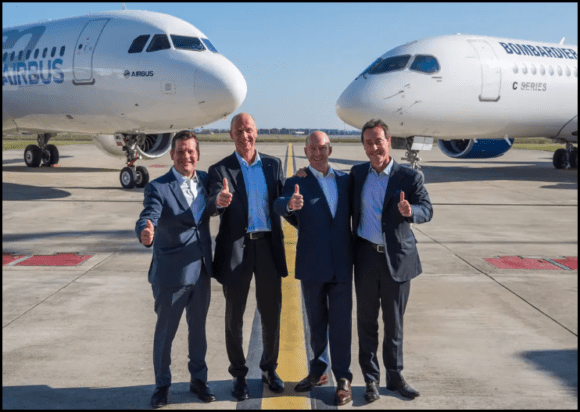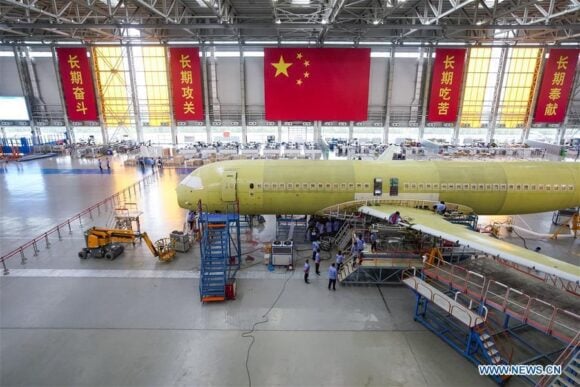
JetBlue today celebrated the final revenue flight of the E190, marking the end of operations for its Embraer fleet. The airline today celebrated the “decades of service and trust” with a commemorative event at its JFK and Boston hubs, along with the final flight, Jet Blue flight 190, between those cities. That flight was captained by the airlines Chief Operating Officer Warrent Christie, who also operated the inaugural E190 flight.
“I am proud to operate today’s flight, as it marks a significant evolution of our fleet,” said Christie. “The E190 was instrumental in our early years and proved to deliver on critical connectivity in short-haul markets, allowing us to grow into new regions, especially in our New York and Boston focus cities. As one of the originating crew members to launch the E190 at JetBlue, it is an honor to pilot our final E190 revenue flight.”
The Fleet Transition
JetBlue also accepted its 50th A220-300 aircraft, which is 40% larger than the E190 in JetBlue’s configuration, offering 140 seats as it replaces the 100 seat E190. A key element in their decision to acquire the A220 over the E195-E2 is range, as JetBlue plans to utilize the A220 for route expansions, including trans-continental markets in which the E190 could not operate non-stop. With higher capacity, the A220 offers significantly lower operating costs than the smaller Embraer.

Validating Cost Data
The following chart, from our seat-mile and aircraft-mile cost model based on DOT Form 41 cost data and T2 operational data, shows a significant difference between the two aircraft at JetBlue. With a 40% difference in seats, we would expect the A220 to be at least 40% lower in seat-mile costs than the E190.
For the period 2022 through the first quarter of 2025, the E190 average seat mile cost was $0.2766, compared with $0.1305 for the A220-300. As expected, the newer and 40% larger A223 was about twice that of the older Embraer. On an aircraft mile basis, the A220-300 had an aircraft mile cost of $15.32, versus 20.82 for the smaller E190.
The cost differences can be traced to aircraft size, for seat-mile costs as well as the average stage length per flight, 1,059nm for the A223 and 510nm for the E190. The shorter range operations, with two take-off and climbs for every one for the A223, also favors the Airbus model. JetBlue’s emphasis on longer-range flights with larger aircraft fundamentally change the role of cross-over aircraft in the JetBlue network.
The Bottom Line
The E190 served JetBlue well over two decades of operations, but the lack of range for the E2-195, and Airbus ability to bundle deals for scarce A321s along with the A223 won the competition for Airbus.
Embraer has lost a major US customer, and will need to regain commercial momentum in the US market, which has been hurt by the scope clause that placed the E175-E2 on hold.
We can see the logic in JetBlue’s strategic changes that include trans-con flights and the impact on their fleet planning decision. But it is hard to replace the comfortable 4 across interior of the E190, with only aisle or window seats, even with the latest technologies. JetBlue’s A220 cabins feature “the signature JetBlue experience including the widest seats in JetBlue’s fleet, spacious overhead bins and custom designed seat back storage, easy-to-reach in-seat power with AC, USB-A and USB-C ports, extra-large windows, fast and free Fly-Fi® and personalized inflight entertainment at every seat,” including the 20% middle seats on the aircraft.
The Embraer, right-sized for smaller markets, will be missed by many JetBlue fliers, particularly from Boston, a JetBlue hub that relied heavily on the smaller aircraft for lower density routes.
Views: 354




